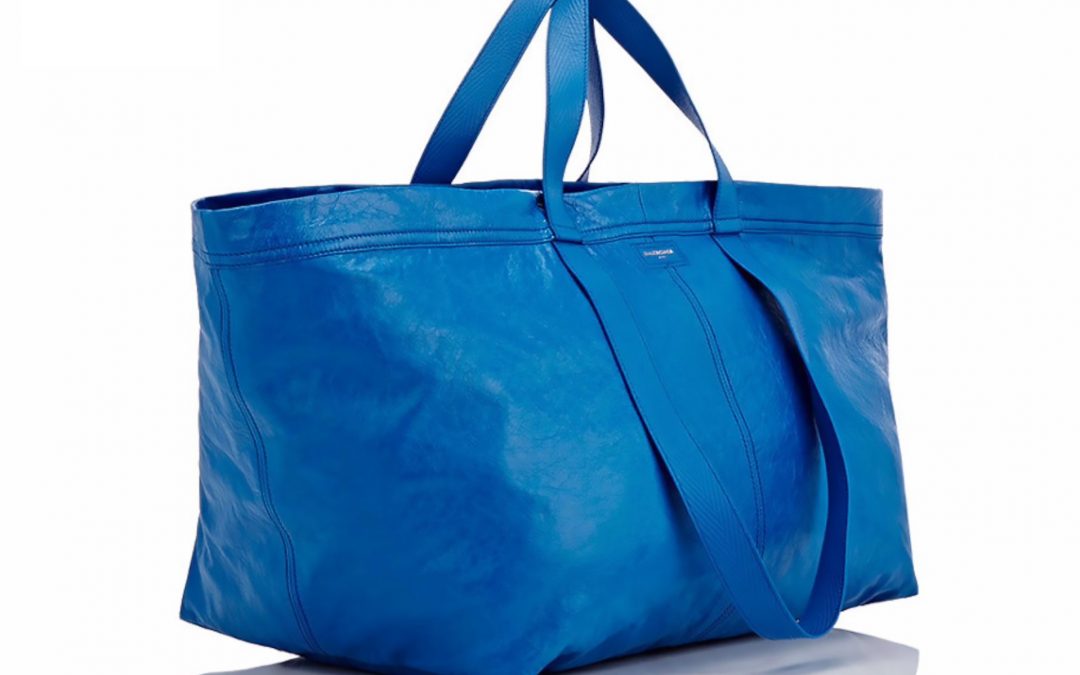
Knock Off!
How Fake Is It? Re-contextualized practical tote bag. Clocking in at $2,145.

How Fake Is It? Re-contextualized practical tote bag. Clocking in at $2,145.
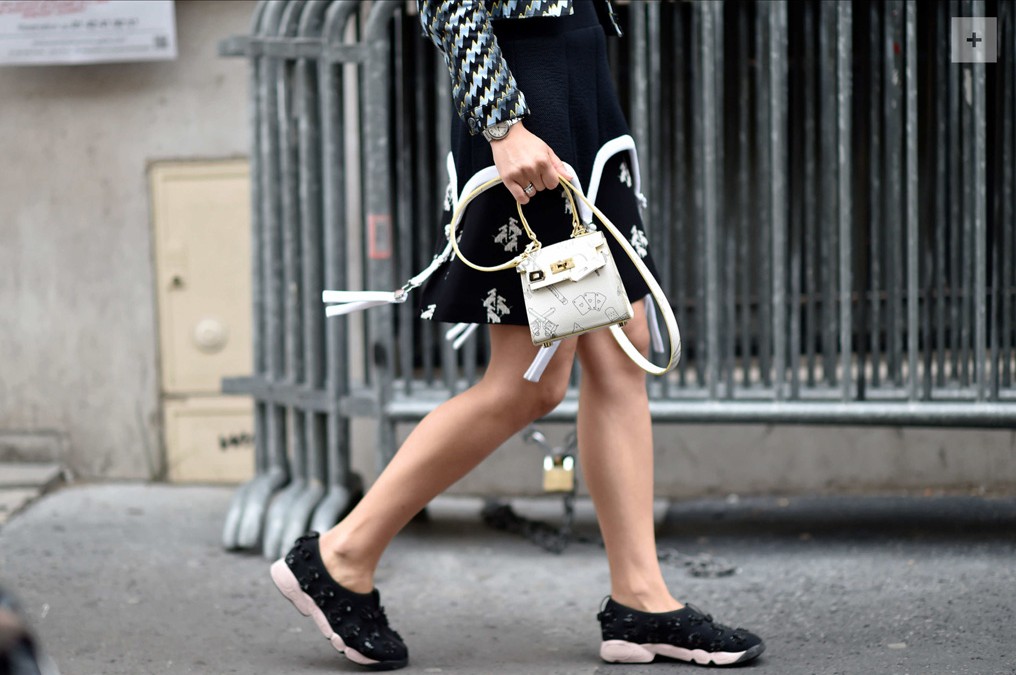
We are a design, development and production studio for fashion accessories, based in South East Asia. Started in New York by two fashion professionals from Munich, the company found a strong foothold with the modern and efficient production facilities in Guangzhou.
We provide solutions in third party design, product development and production for fashion accessories. We also offer a wide range of services and expertise in creative and practical aspects of the fashion production business.
We can assume complete responsibility for a project from trend forecasting, sketching, to sample making, sourcing, development, production, quality control and shipping, or handle a specific part of an accessories production process according to our client’s needs. Our broad playing field of product covers handbags, small leather goods, shoes, sneakers, belts, gloves, eye wear, marketing items, leather and hardware. With such clients as Walt Disney Signature US, HUE/ Kayser-Roth US, Nordstrom US, Fred Segal US, Hayden Harnett US, Red Bull Austria, United Colors of Benetton Italy and BOTH China, among others, we have demonstrated our skills with the success of large labels.
Our projects vary from brand launches and line development, specific design or production management assignments including private label, re-branding and technical groundwork, to filling a longer term position in the company’s workflow.
We also provide digital marketing and social media services. Being fluent in fine nuances of modern design and on top of the latest market trends, we efficiently deliver great quality, luxury, yet affordable product, catering to different markets and price points. Please email us about your project contact@crisweer.com
or call +86 150 130 96 59 0
Looking forward to doing business with you!
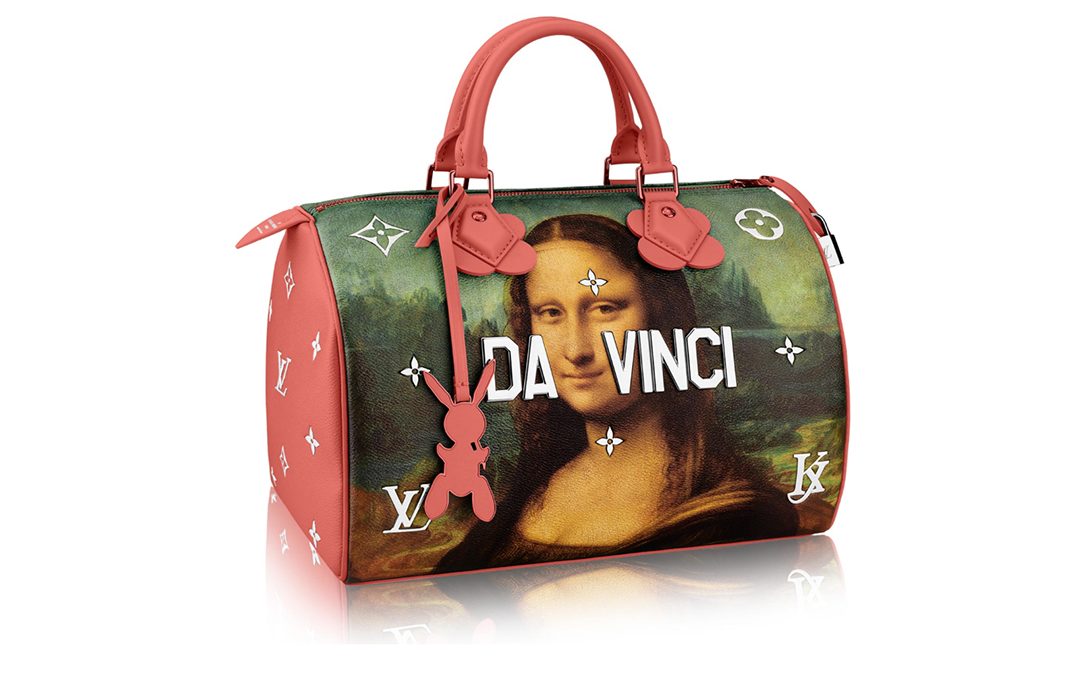
Jeff Koons has teamed up with Louis Vuitton on a 51-piece series of leather goods, handbags, and accessories that reinterpret some of the world’s most famous artworks. the ‘masters’ collection is drawn from Koons’ 2015 ‘gazing ball’ series — where replicas of works by Titian, El Greco, and Manet (among others) were interrupted by a blue glass ball attached to the front of the painting. For this collaboration with the french fashion house, Koons builds on the theme by emblazoning works by da vinci, rubens, and van gogh on signature vuitton pieces.
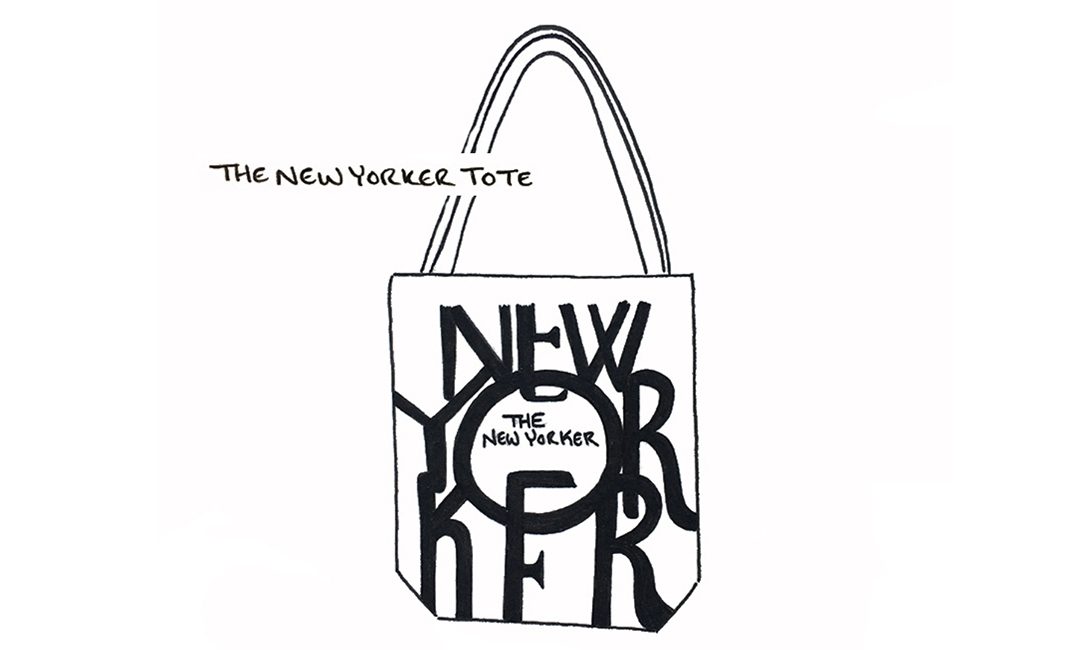
What cars are to the residents of Los Angeles, tote bags are to New Yorkers: a seemingly bottomless reservoir in which to store all the stuff you might (but probably won’t) need while away from home. Some totes are like shooting stars, passing by you once and then never again, while others are more ubiquitous. Here are seven types of totes you’ll probably spot on your commute home.
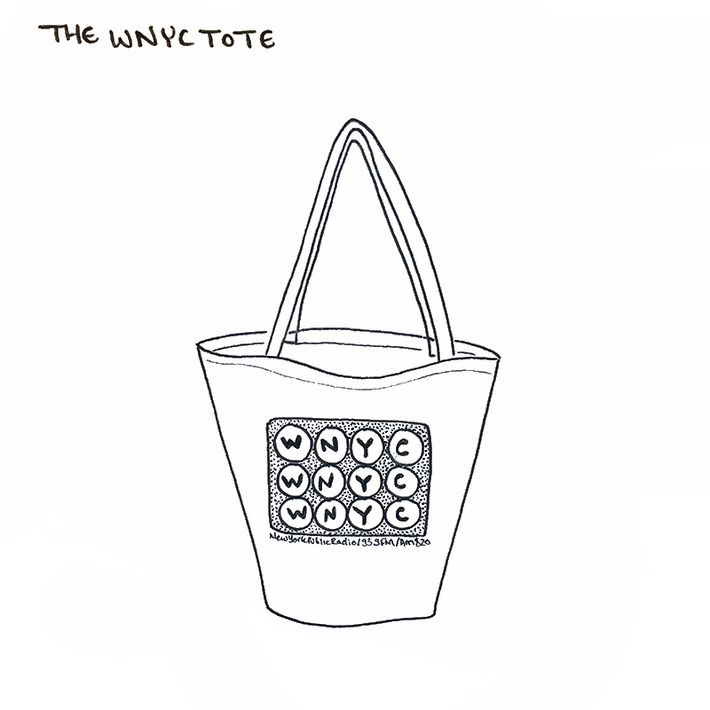
You’ve nailed the “disheveled in an attractive way” look. Your interests include large dogs, recommending podcasts, wearing glasses, and donating to public-radio pledge drives. You still have either a Bernie or a Hillary poster hanging in your window.
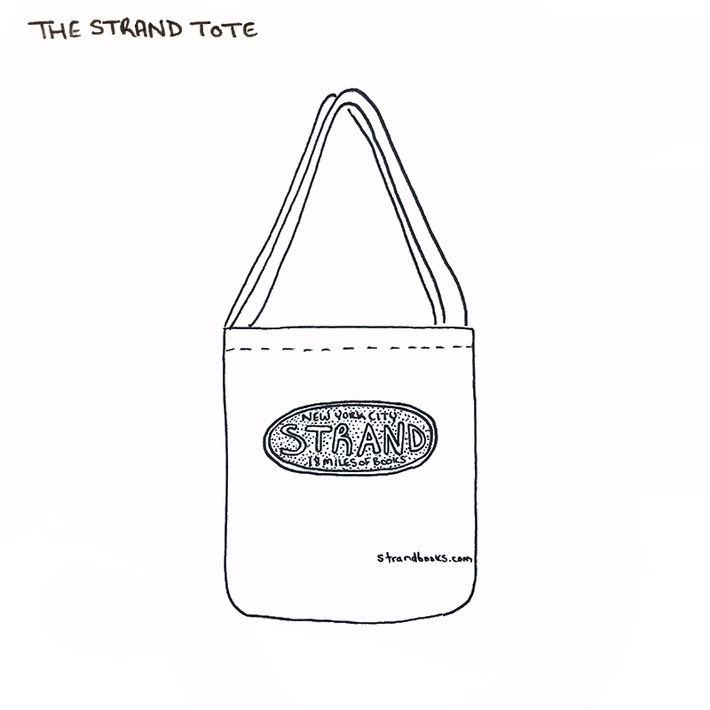
If someone peeked inside this tote bag, they’d find anywhere between one and four Moleskine notebooks. You bought this tote when you were new to New York — maybe as a college student — and were amazed at the sheer number of books the store carries. Now you order everything off Amazon Prime, but still feel guilty about it. It’s just so easy!
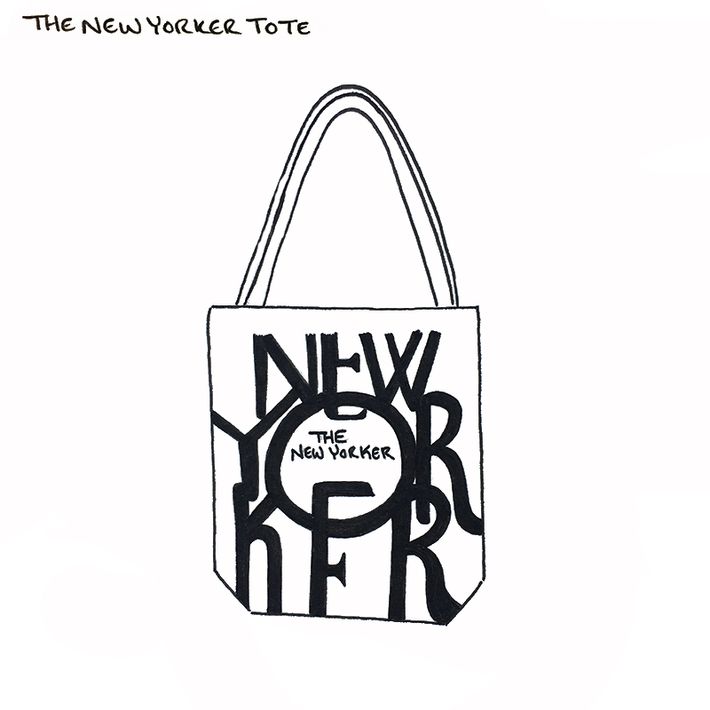
Not only do you laugh aloud at New Yorker cartoons, you clip them out and hang them on your fridge.
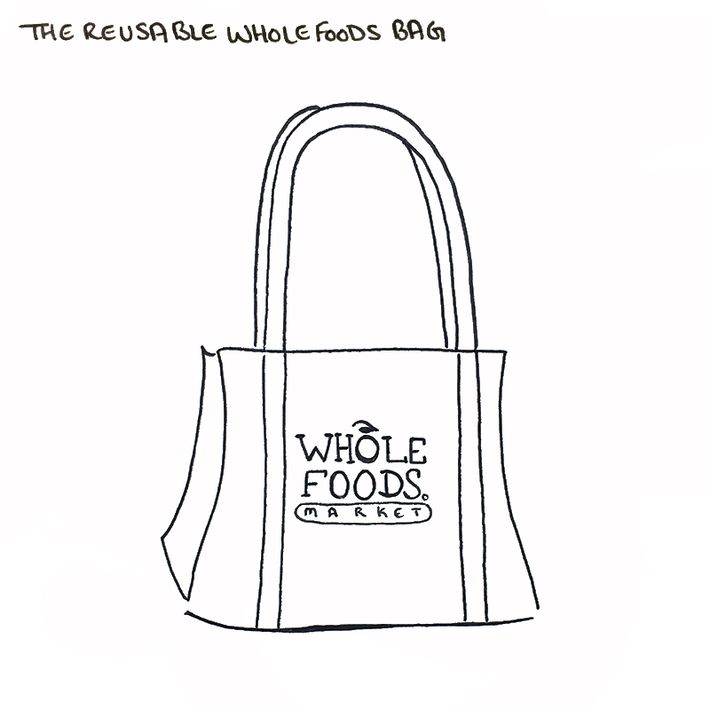
This bag was purchased while waiting in line at Whole Foods, when you realized that you could save ten cents on your $75 of produce if you bought a reusable bag.
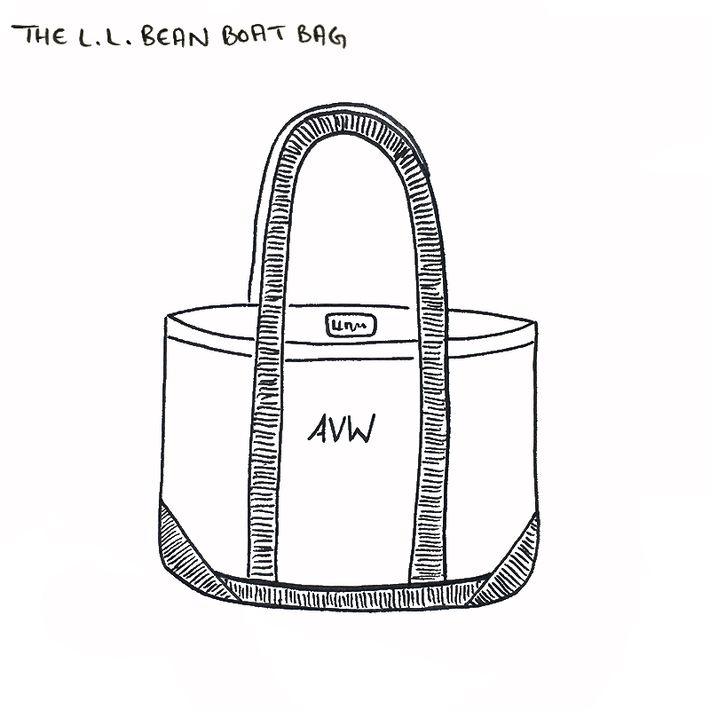
You grew up on the East Coast and were maybe in a sorority. You’re immune to New York cynicism and get unironically excited about Pumpkin Spice Latte season every single year.
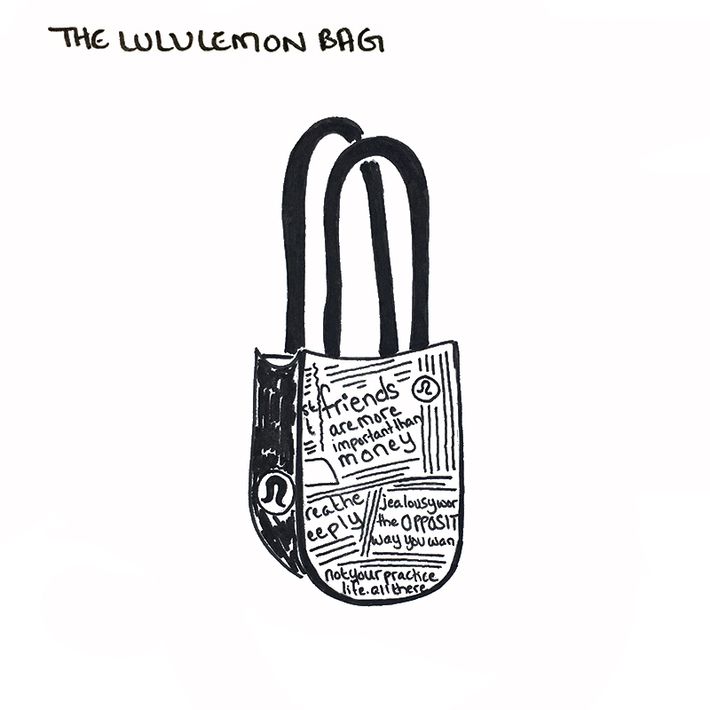
The tiny red Lululemon tote is inevitably filled with a lunch that was meal-prepped, perfectly portioned out, and possibly Instagrammed during the previous Sunday afternoon. Look, you just genuinely love exercise, okay?
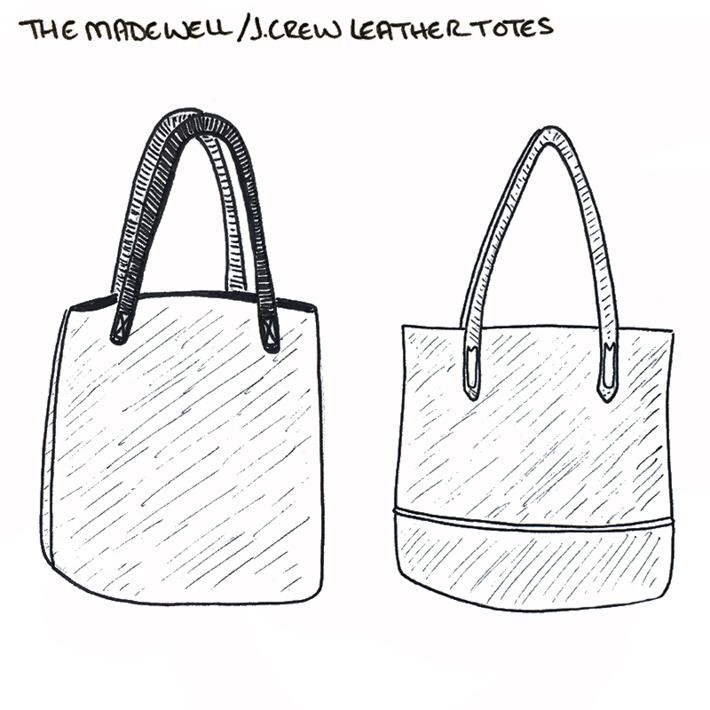
Two words: chic hoarder.
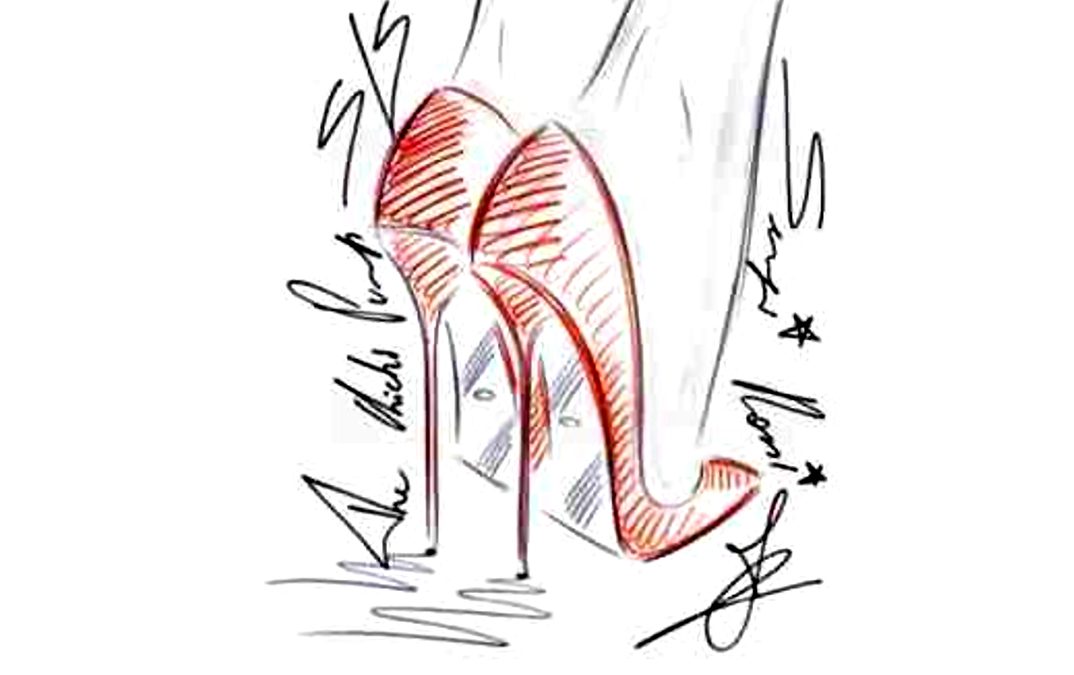
As a designer, how do you present your product to the company?
As a designer when you present a project to your company (or a client), we don’t straight away present a final project. We set up few meetings in advance to build the project TOGETHER.
To make sure that the company and the design team share the same vision – and avoid to work for multiple weeks for nothing in case the project wouldn’t match. In that case, the spirit and mindset of the team may drastically go down. So we put in place a system that :
“With the “Funnel system”, we continuously get closer to the target, and we get things done.“
 Design process = Funnel
Design process = Funnel
Earlier we make changes to a project, lesser it cost in term of money and time.
Note: I would like to share with you a TIP I learned from LCapital*.
A project may need modification, even after a validation stage (situation that we try to minimize). It’s good to keep in mind that the earlier the better.
Within the first phases, any change cost nothing except a good discussion and some sketches on paper. Later stages may involve more department, a clay model, some prototypes, material order, marketing campaign… when any changes may have money and time repercussion.
* Private equity fund sponsored by LVMH group (Louis Vuitton Moett Hennessy)
The 5 phases of creativity
Saying that, let’s now look at each phase of the Funnel.
Note: May vary more or less depending of the industry and company. The logic of it is pretty universal though whether you work in fashion, product design, visual communication, car industry…
Phase 1| Design brief
The brief may come from the design or marketing team. It’s a good time to ask for question. Gaining in clarity will sharpen the project from start and save a lot of time from eventual misunderstanding.
 “Validation” Meeting No.1
“Validation” Meeting No.1
Time for questions and clarifications.
We also make sure that the brand – the customer and the project are well aligned.
Phase 2| Wide research
At start, the research is super wide. We look for the widest variety of proposals and innovation. We mainly take inspiration from the users, there habits, needs, way of living… identify there problems and look for innovative ideas. If an idea looks crazy, then great ! You look for provocation.
It’s easier to drag a crazy idea to something more down to earth than the inverse.
I remember reading somewhere why Japanese are so innovative. They believe that “Every problem is a treasure”. What does it means ? Instead of avoiding problems, look at how to solve them. There is an opportunity to give value to the world.
“Every problem is a treasure.”
Time is limited. The priority is given to ideas, not on quality of sketches or presentation. The very first batch of sketches won’t be shown to anybody except yourself and your design team if you want to. You don’t bother about nice drawings, or even perspective. Just drop IDEAS in your sketchbook. You will mature some of them only if they deserve to be carry on further.
Don’t waste time at making nice drawings. The variety and creativity of ideas count FIRST. If you spend too much time at making nice drawings, you will have less time to create…
The final shape doesn’t matter much at this moment. We care more about the function, the architecture of the product, the way people will use the product, the proportion, the usability, the user’s emotion… I recommend you to illustrate your ideas with people using your ideas. Many designers forget to do that. Your audience may not be all designers. They will highly appreciate these quick “staging”.
 “Validation” meeting presentation No.2
“Validation” meeting presentation No.2
You don’t want to bother much yet about feasibility.
You propose diverse ideas and a start of various axis of research with quick sketches supported by mood boards (pictures of users, source of inspiration pinned on a board).
Together you will define few axis of research.
Phase 3| Axis of research
Previously, we looked for getting a wide scope of ideas. Now, it’s time to start focus on a limited number of axis and spend more time on getting deeper research. You refine the sketches, you get deeper into the functions, shapes maybe colours… Then you present your multiple ideas to the team and discuss. Make sure that each axis present there own major specificities.
 “Validation” meeting presentation No.3
“Validation” meeting presentation No.3
Each axis is more consistent. Feel free to recommend the axis you feel the most appropriate.
At the end of the meeting, 1 axis should be selected.
Phase 4| 1 axis > 3 proposals
From the selected axis, you have a clear direction. At this stage, you start getting into the details and more defined shapes. And because we like variety, you will create 3 proposals. You may consider this format:
 “Validation” meeting presentation No.4
“Validation” meeting presentation No.4
You propose 3 options. Each proposal is presented in separate boards. It’s pretty good to start presenting your board neater with a good quality of rough. You may use computer to make neater presentation, but yet, no advanced rendering.
Phase 5| Refinement and Ultimate validation
“There can be only one !” – Highlander.
Your proposal is selected ! Awesome. Time for refinement.
Designers give more accurate technical drawings* and can start to make a first model or prototype. It can be a clay model, a first sample of shoe, a 3D printed model…
We make sure that
 “Validation” meeting presentation No.5
“Validation” meeting presentation No.5
Remember to include the mood boards (users, brand, spirit of your products…) to support your project. You provide 2D render (eg. Photoshop sketches, Illustrator) or 3D rendering (eg. Rhino 3D, Solidworks) and some additional technical drawings if needed. You present them with a speech and professional presentation board. Once again, present the product with people using it. It makes the concept clearer bringing life to your Prototype.

Hope it helps you to see clearer of the creative process and the different elements to present along the way. Once again, this may vary more or less. But that’s pretty much the guideline. If you have any question, feel free to ask in the comments below.